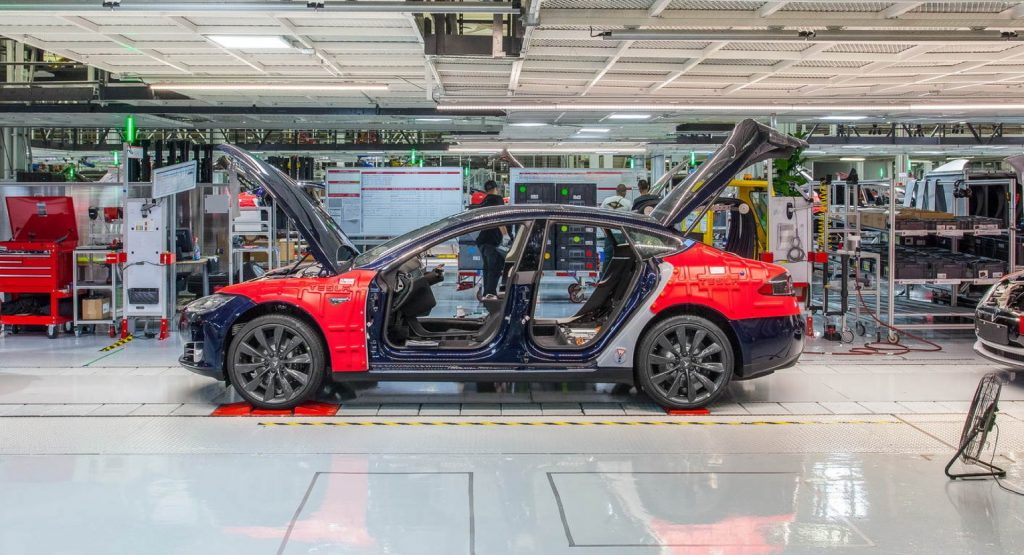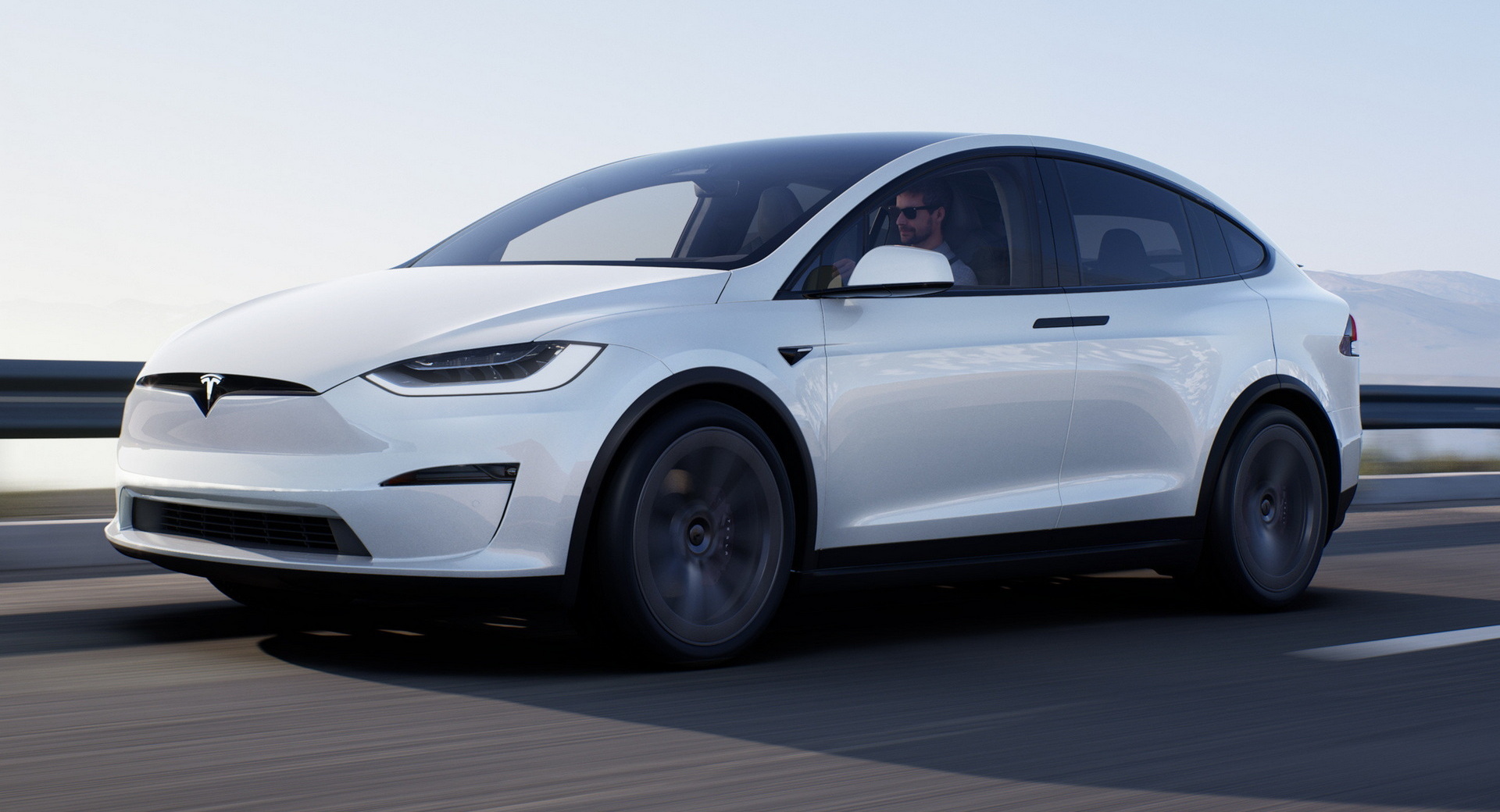Tesla has smashed its own quarterly profit record, earning $1.62 billion in the third quarter of 2021 despite the ongoing semiconductor crisis that is crippling the automotive industry.
The third quarter figure beat the company’s previous $1.14 billion record set in the second quarter of this year and is almost five times larger than the $331 million profit it made in the third quarter of 2020. According to Automotive News, its $13.8 billion revenue also ranks as a Tesla record.
Tesla’s profit announcement comes off the back of news released earlier this month showing it had delivered a record 241,300 EVs, up 72 percent on the number of cars and SUVs it delivered in the same period last year. The company has sold almost 630,000 vehicles so far this year, meaning it has already blown past the 499,550 total for the entirety of 2020 and it still has three months still to go.
The news of record delivery numbers for Tesla comes in contrast to legacy U.S. carmakers GM and Ford, which reported sales slowdowns in the third quarter of 2021 due in part to the shortage of semiconductors.
Related: Tesla Cybertruck Inches Closer To Production As Prototype Spotted With Side Mirrors And Wipers
Mind you, Tesla, which recently announced it was moving its HQ from California to Texas and admitted its Cybertruck was still at least a year away, hasn’t been immune to the chip crisis. “A variety of challenges, including semiconductor shortages, congestion at ports and rolling blackouts, have been impacting our ability to keep factories running at full speed,” the company said in a statement to shareholders. But it has managed to move more quickly than its rivals, putting workarounds in place including sourcing chips from alternate suppliers and tweaking its vehicle code to suit.
Two interesting bits of information to come out Tesla’s financial report include the revelation that the company made $279 million selling credits to other carmakers, and that while sales grew in the third quarter, the average sales price of Tesla’s vehicles actually fell by 6 percent because it delivered more Model 3s and Model Ys, and fewer high priced Model S and Model X models.





